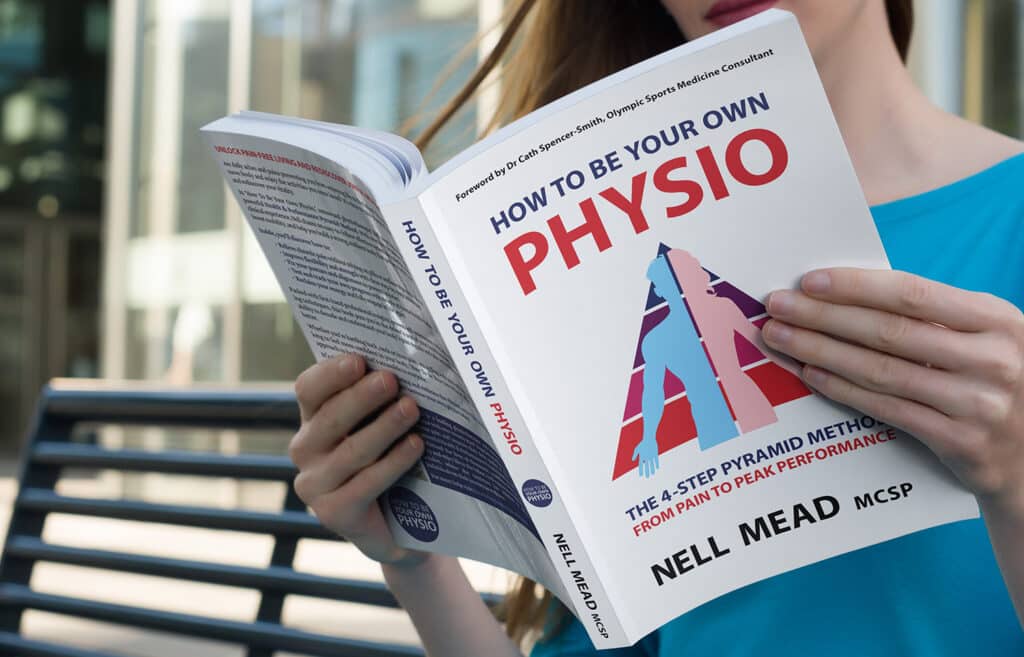Recently, I started a series of blog posts detailing Sarah Key’s theory on back pain. I wrote about spinal anatomy and explained how the spine should work in a “normal” situation.
Now it’s time to start talking about what goes wrong with backs. Sarah’s theory is that back pain occurs in five consecutive stages.
She simply calls the first stage a “Stiff Spinal Segment”. Not a sexy or particularly gripping description, I’m sure you’ll agree; but most people have at least one, and it is a condition which underpins all the later and more devastating types of back pain.
As I mentioned, spinal segments (each segment consisting of a vertebra and the disc that sits on top of it) are barely viable at the best of times, so arduous is the journey from spinal canal or vertebral endplate to nucleus and back again, that fluid and nutrients have to take.
The many potential obstacles to the nutrients reaching the nucleus and waste products then being expelled include:
• Unremitting spinal compression — for example, staying in one position for too long, or carrying a heavy load for a prolonged period.
• Weakness of the tummy muscles, which allows uneven compression of the spinal segments.
• Chronic protective muscle spasm, which happens when you are in pain.
• Injury — a fall, for example, which can cause a traumatic rupture of the vertebral endplate.
The problem in all of these scenarios is that the disc is compressed (thus squeezing out fluid) but not unloaded again. It’s therefore not able to suck in fluid and nutrients to replace the fluid that has been lost. As a result, the all-important proteoglycan synthesis is not stimulated and thus the disc begins to become dehydrated and to flatten. In turn, the spinal joints then become stiff, which is the point at which you are likely to notice it, because stiff joints hurt when you try to make them do perfectly normal everyday activities, such as putting your socks on.
Manual therapists such as physiotherapists can feel these stiff joints when we palpate, or poke, your spine. (That’s the bit where we make noises like a car mechanic finding a dodgy spark plug and you start to worry for the safety of your wallet.)
The good news is that — with a bit of manual therapy and a lot of home exercise — a stiff spinal segment is a reversible condition. That is, it is possible to get the joints moving again, and thus to promote better disc metabolism; it may even be possible for the discs to rehydrate. In my next blog post, I’ll explain the basic exercises that everyone with a stiff back should be doing to help themselves.
NB — Please note that although I am an experienced physiotherapist, unless I have examined you, I am unable to give individual advice about your specific case. Every case is different, and this blog reflects cases I have seen in the past and is not a substitute for individual medical advice. You must not rely on the information on my website as an alternative to medical advice from your doctor or other professional healthcare provider. If you have any specific questions about any medical matter, you should consult your doctor or other professional healthcare provider. You should never delay seeking medical advice, disregard medical advice or discontinue medical treatment because of information on my blog. However, if you would like individual advice, please do call 0207 175 0150 to arrange an assessment.







